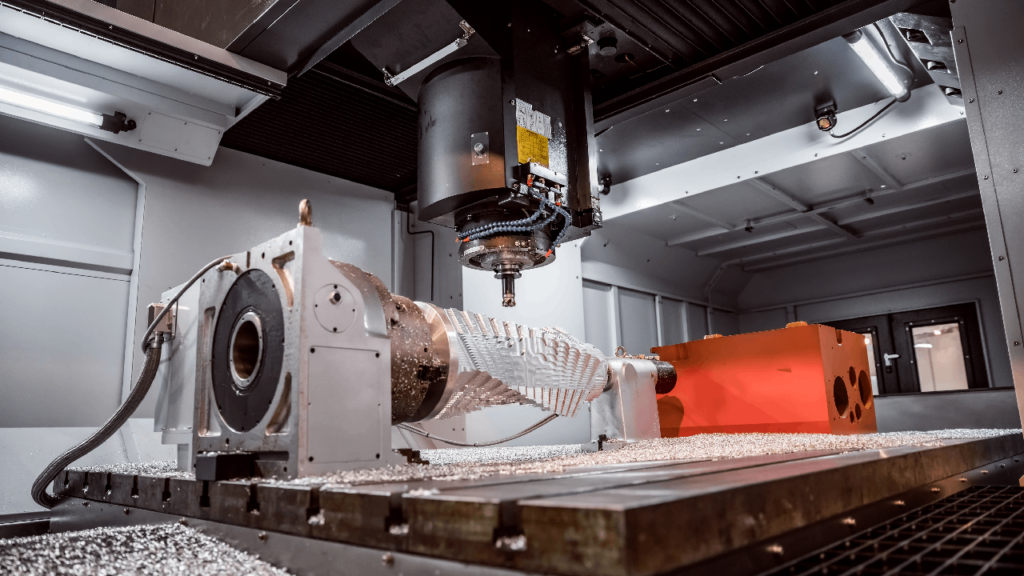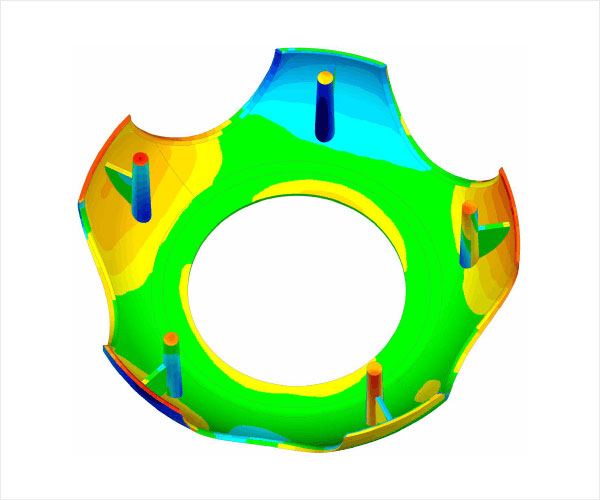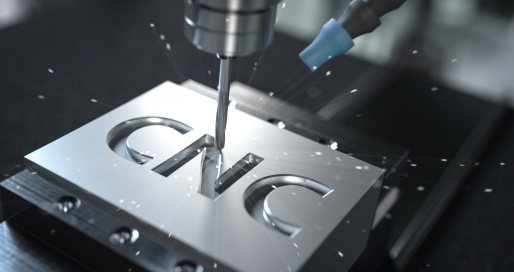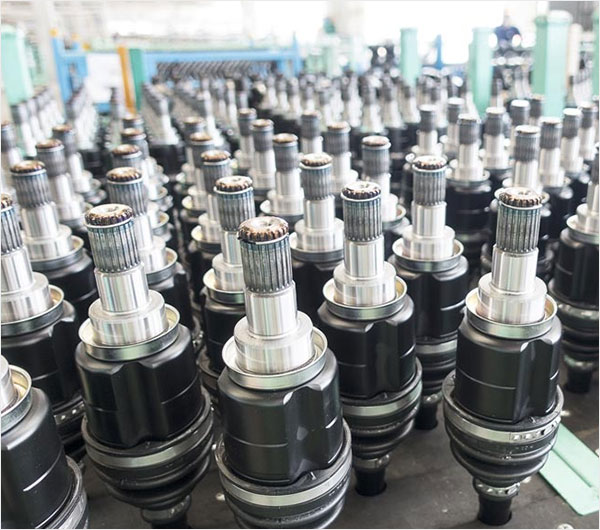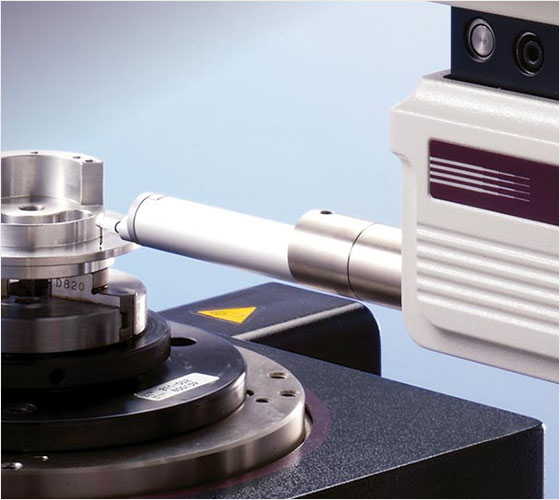In CNC machining, tool coatings are crucial for improving performance, extending tool lifespan, and achieving better surface finishes. As machining operations become more advanced, tool coatings help minimize wear, reduce friction, and allow tools to work more effectively on challenging materials like stainless steel and titanium. In this blog, we’ll dive into the types of coatings available, their benefits, and how they impact the machining process.
What Are Tool Coatings and Why Are They Important?
Tool coatings are thin layers of material applied to the surface of cutting tools, like drills, end mills, and inserts. They’re typically just a few microns thick but have a significant impact on tool durability and performance. Properly selected coatings reduce wear, resist high temperatures, and minimize chemical reactions between the tool and workpiece material. Key benefits of tool coatings include:
- Extended Tool Life: Coatings help reduce tool wear, allowing tools to maintain their sharpness longer, which ultimately lowers replacement and maintenance costs.
- Increased Cutting Speeds: Coated tools often tolerate higher speeds, which can increase productivity and reduce cycle time.
- Improved Surface Finish: Coatings reduce friction between the tool and workpiece, resulting in smoother surface finishes and more precise cuts.
- Thermal Resistance: By reducing heat transfer to the tool, coatings help manage high temperatures that occur during heavy-duty or high-speed machining.
Types of Tool Coatings in CNC Machining
Different coatings are suited to specific materials and applications, with each type offering unique properties. Here are some of the most common tool coatings:
Titanium Nitride (TiN): Recognizable by its gold color, TiN is one of the most commonly used coatings. It provides general wear resistance and is ideal for machining softer materials like aluminum and plastics. TiN-coated tools work well in moderate-speed applications and offer a good balance of durability and cost-effectiveness.
Titanium Carbonitride (TiCN): TiCN adds carbon to the TiN formula, resulting in a harder, blue-gray coating with excellent wear resistance. TiCN is suitable for applications requiring higher speeds and is commonly used for cutting abrasive materials like cast iron, stainless steel, and high-silicon aluminum alloys.
Titanium Aluminum Nitride (TiAlN or AlTiN): TiAlN and AlTiN coatings are known for their high thermal stability and oxidation resistance. These dark-gray coatings are ideal for high-speed machining of materials that generate significant heat, such as stainless steel and titanium. AlTiN, in particular, offers a harder surface, making it well-suited for dry machining applications.
Diamond-Like Carbon (DLC): DLC coatings are carbon-based and have excellent hardness and low friction properties, making them ideal for machining non-ferrous metals and plastics. They provide excellent surface finishes and are commonly used for cutting aluminum and copper without causing material buildup on the tool.
Cubic Boron Nitride (CBN): CBN coatings are exceptionally hard and heat-resistant, second only to diamond in hardness. They’re particularly suited for machining hardened steels and superalloys, where other coatings may wear quickly. CBN is often used in high-precision applications where maintaining sharpness is crucial.
Polycrystalline Diamond (PCD): PCD coatings are made from synthetic diamond particles and provide exceptional wear resistance and thermal conductivity. They’re ideal for high-speed machining of abrasive materials like composites, ceramics, and certain metals like aluminum and magnesium. Due to their cost, PCD-coated tools are typically reserved for specific applications where standard coatings aren’t effective.
Factors to Consider When Choosing a Tool Coating
Selecting the appropriate coating involves understanding the workpiece material, cutting conditions, and machining requirements. Here are some critical factors:
Material Hardness: For hard materials like hardened steel, CBN or AlTiN coatings are often the best choices. Softer materials like aluminum perform well with DLC or TiN coatings to prevent material adhesion and ensure smooth cutting.
Cutting Speed and Feed Rate: High-speed cutting operations benefit from coatings that can withstand higher temperatures, such as AlTiN. TiCN coatings are suitable for moderate speeds, while TiN is a good general-purpose choice.
Coolant Use: Some coatings perform better in dry machining applications, while others require coolant to manage heat. For instance, AlTiN works well in dry environments because it forms an oxide layer that protects the tool, whereas TiCN performs better with coolant due to its lower thermal resistance.
Workpiece Material Adhesiveness: Materials like aluminum have a tendency to stick to cutting tools. DLC and TiN coatings are especially effective at minimizing adhesion, making them ideal for non-ferrous metals.
Surface Finish Requirements: For applications requiring a high-quality surface finish, a low-friction coating such as DLC can help achieve smoother results, reducing the need for post-machining finishing steps.
How Coatings Improve Productivity in Machining
By reducing tool wear and heat, coatings allow for faster feed rates and higher speeds, which increases productivity. Here’s how coatings can impact specific aspects of the machining process:
Reduced Tool Changes: Coated tools have a longer lifespan, meaning fewer tool changes and less downtime for tool maintenance, which is especially valuable in high-volume production environments.
Higher Cutting Speeds: With coated tools, machinists can push cutting speeds to higher levels, reducing overall machining time and increasing production output without compromising part quality.
Improved Part Quality: Coatings can enhance surface finish and dimensional accuracy, particularly when machining challenging materials. This improvement in part quality often reduces or eliminates the need for secondary finishing processes.
Increased Process Stability: Coatings reduce the tendency for chips to stick to the cutting edge, which minimizes chip buildup and helps maintain a stable cutting process. This consistency is especially beneficial in automated machining, where interruptions can slow production.
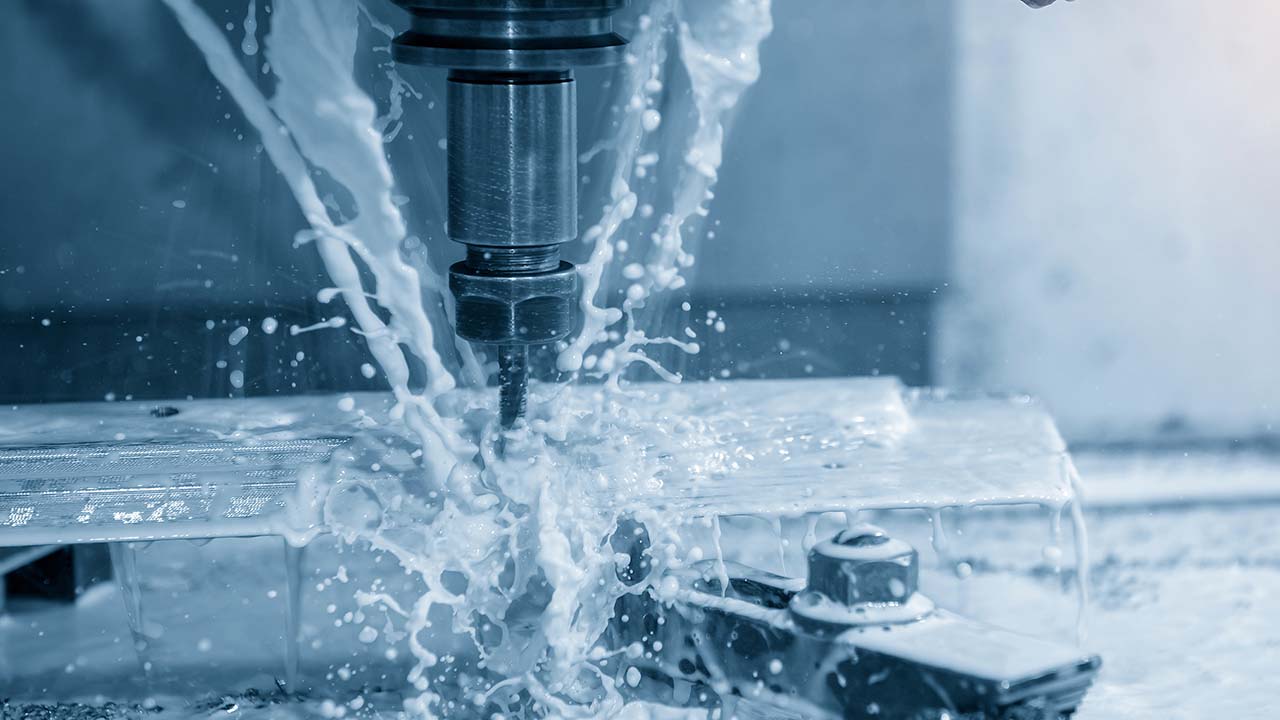
Advancements in Tool Coating Technologies
Modern developments in coating technology have introduced multilayer coatings, nanocomposite structures, and plasma-based application methods. Some of these advancements include:
Multilayer Coatings: By layering different coatings, manufacturers can combine properties like wear resistance, heat tolerance, and low friction in a single tool. Multilayer coatings are ideal for applications requiring versatility, such as machining complex geometries or a variety of materials.
Nanocomposite Coatings: Nanotechnology enables the creation of coatings with ultra-fine structures, resulting in superior hardness, wear resistance, and thermal stability. Nanocomposite coatings are especially effective for high-precision applications that demand consistent tool performance over long machining cycles.
Plasma-Assisted Coating: Plasma coating processes, such as Physical Vapor Deposition (PVD) and Chemical Vapor Deposition (CVD), allow for precise application of coatings on complex tool geometries. PVD coatings are thin yet hard, making them ideal for high-speed applications, while CVD coatings provide excellent adhesion and wear resistance for tools used in roughing operations.
Conclusion
Tool coatings are indispensable in CNC machining, allowing tools to perform better, last longer, and maintain quality across demanding machining tasks. By choosing the right coating based on the material, machining conditions, and desired results, manufacturers can improve productivity, reduce costs, and enhance part quality. As coating technologies continue to evolve, the options available to machinists will only become more versatile, paving the way for even greater advancements in precision machining and tool performance.



